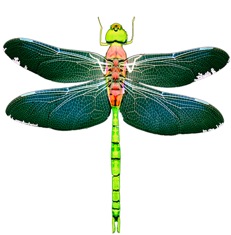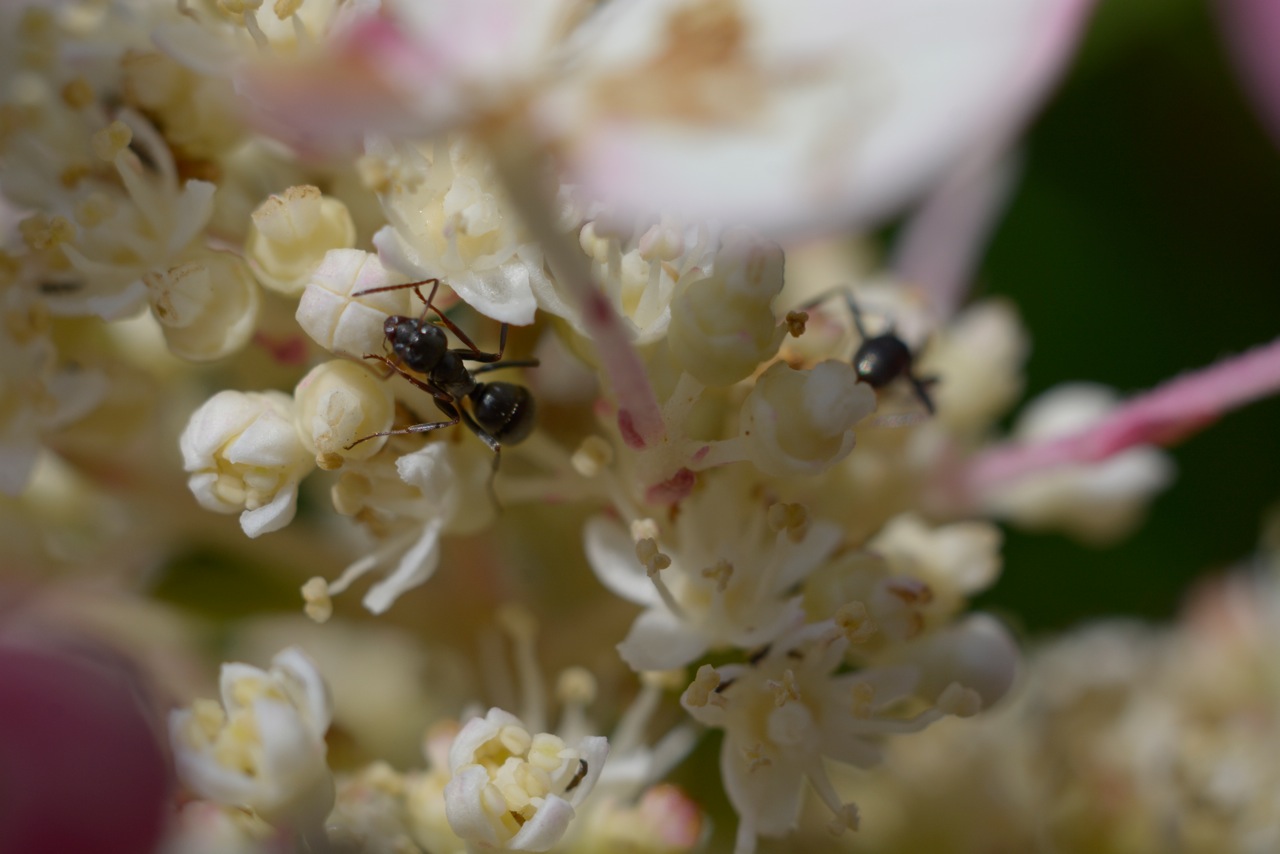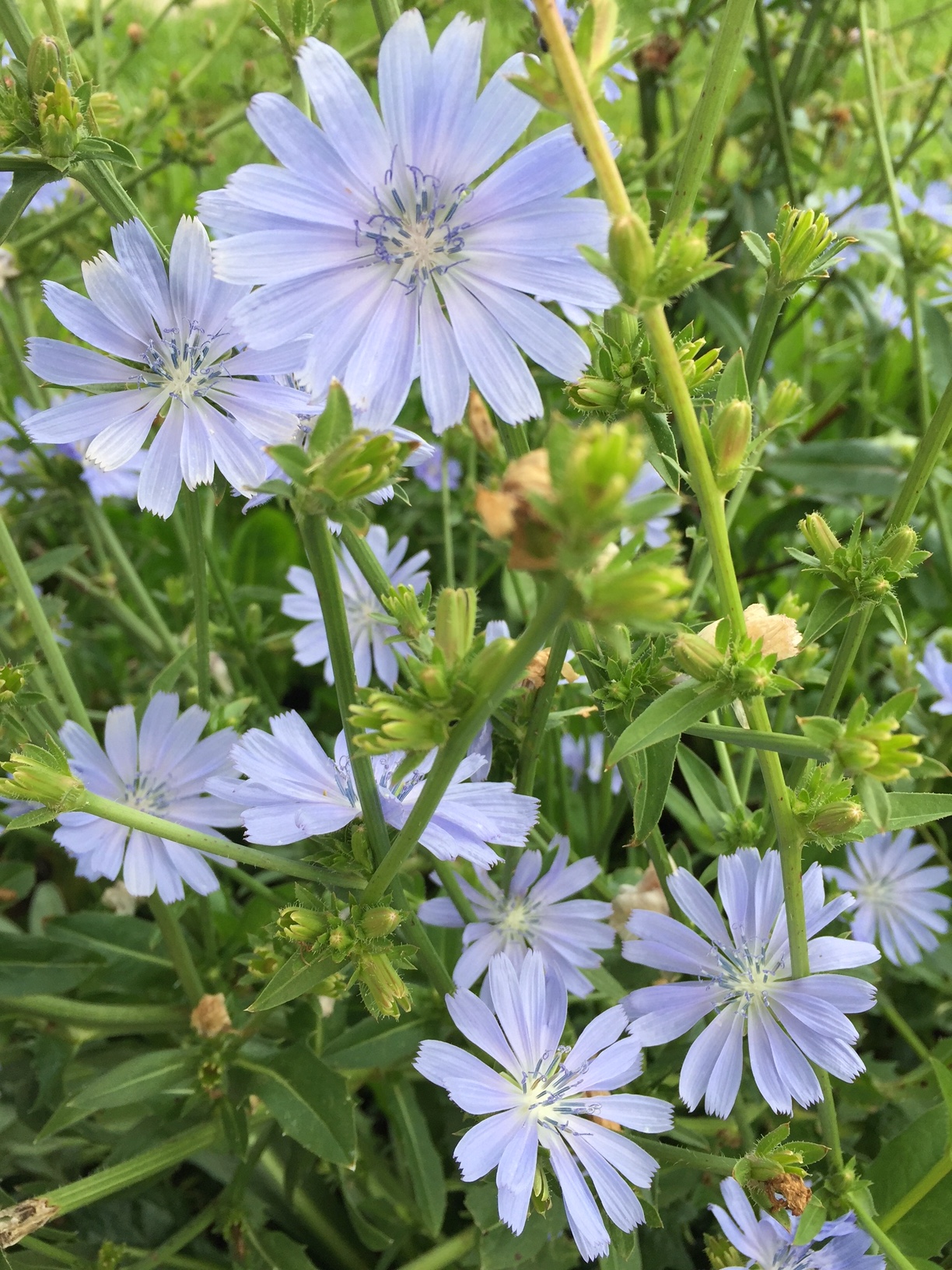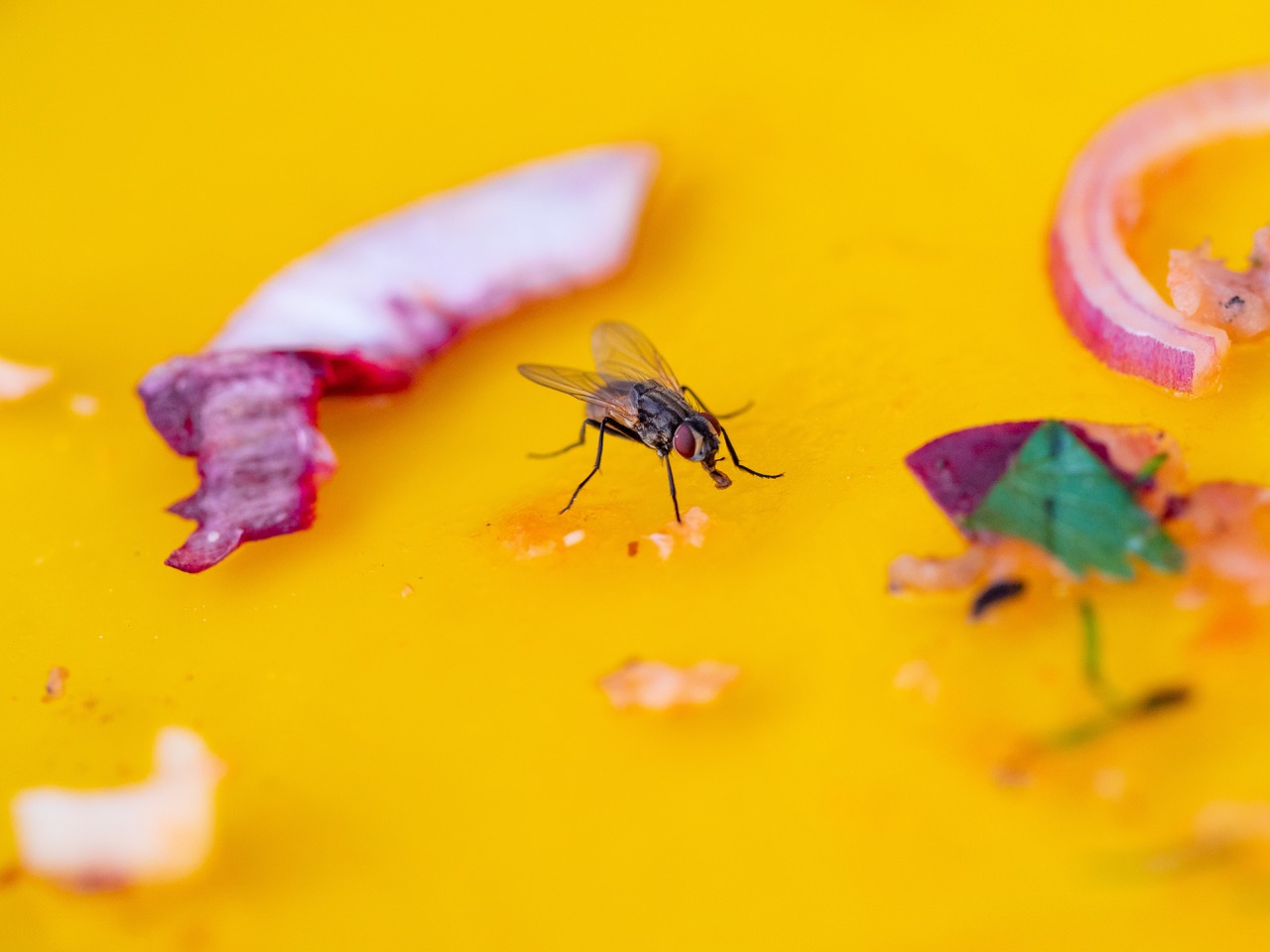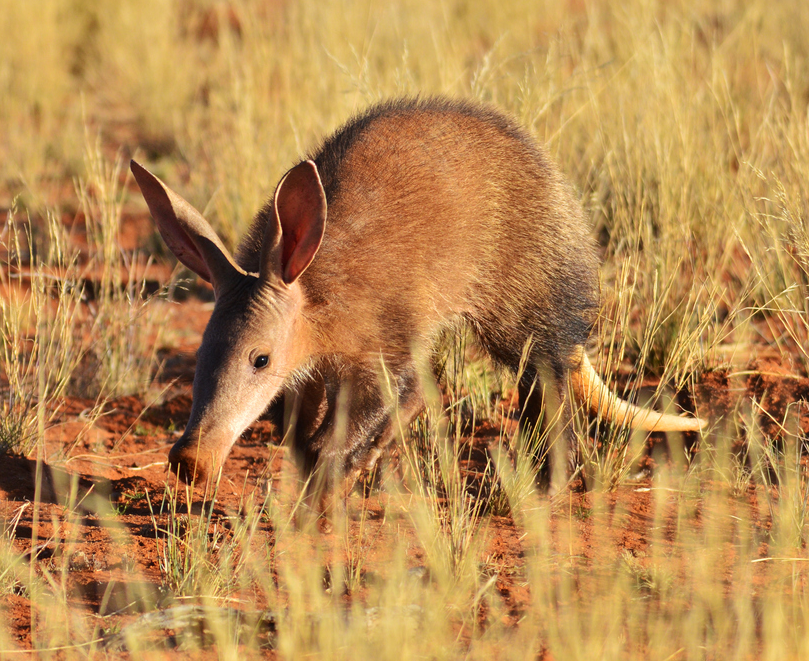Articles » Insects
In his famous 1959 article, Dr. Bernard Kettlewell described his research on the peppered moth as the “consummation and confirmation” (p. 53) of Darwin’s theories. (B. Kettlewell. 1959. Darwin’s Missing Evidence. Scientific American. March pp. 4 8-53) Since then, the peppered moth has become standard fare in biology and genetics texts. Educators really like this example because it is “extremely visual” and thus easily understood and remembered. While all scientists, whether creation model support ers or evolution model supporters, agree that shifts in the proportions of various characteristics do take place in nature, only the evolutionists draw more extensive conclusions from the data. For example, Nelson Canada’s 1993 high school text Biolog y (authored by teachers from Alberta and Newfoundland), suggests that students explain the statement “Evolution and adaptation usually occur by means of small changes” in connection with the case of the peppered moth. (p. 110) Read the rest of this entry »
Everyone wants to go outdoors in the spring to enjoy the sunshine and the warm breezes. But what is there to do besides sit, or play ball or ride bicycles? Of course there is always garbage to pick up. After that maybe some of the dead leaves and other plant debris can be removed to tidy up the garden a bit. But wait! Under many of those dead leaves we discover adult lady bugs waiting for summer and their favourite food, aphids. There are no aphids to eat just yet as new leaves have not emerged. Let’s allow the lady bugs their peace and quiet a while longer. Soon after the fresh green leaves appear, aphids will be there on some of them and the lady bugs will surely find their way to them. Read the rest of this entry »
Some years ago during the summer, I was a counselor at a small camp in southeastern Quebec. Nature interpretation was my specialty. It was dark each evening by the time the campers converged on the washroom after campfire. The lights of that building attracted all manner of creepy crawlies. Frequently at this time I would hear a shout “Moxie, Moxie — what is this thing in the washroom?” Read the rest of this entry »
One of the “top arguments” against the creation world view is the well-documented development of insect resistance to insecticides. Many Neo- Darwinists claim that the historical development of pesticide resistance in insects is actually one of the strongest evidences of Neo-Darwinian evolution by mutations: “Insects that survived insecticides did so by helpful genetic mutations, and thus they bred a new generation that was not brought down by the farmers’ poison” (Larry Witham. 2002. Where Darwin Meets the Bible. Oxford University Press p. 78) Read the rest of this entry »
Imagine a society where there are no managers, just workers. Imagine further that all these workers know exactly what to do and they do it, as vigorously as possible. Imagine too that these workers are farmers which do not make mistakes. Read the rest of this entry »
Imagine a June evening in south central Canada or the nearby United States. As dusk deepens, tiny dots of light appear on bushes, grass or in the air. The tiny lights seem to flash in code. These remarkable lights are fireflies. The more we learn about these insects, the more amazing they appear. This is certainly not a case of familiarity breeding contempt. Adult fireflies are beetles, but unusual beetles. They possess the ability to produce light within their bodies. The adult phase, which many of us have seen, is short and spectacular. Most adult fireflies last only a few days and their principal purpose is to reproduce. Read the rest of this entry »
Every September, hundreds of thousands of Ontario butterflies converge on Point Pelee, a long peninsula which projects south into one of the Great Lakes. Then away they flutter, across the water and far beyond. Thus begins the amazing mass migration of an insect which unerringly navigates 4000 kilometers to a site where these individuals have never been. The Monarch butterfly, it turns out, is an astounding phenomenon. Read the rest of this entry »
Have you ever wondered how this transformation takes place? The caterpillar makes his cocoon (or chrysalis) and out pops the butterfly – pretty simple, right? Simple – until you realize that nearly every single organ in the caterpillar body is destroyed and then remade into a beautiful butterfly. Eat leaves? Now change your diet to drinking nectar. Those tiny suction-cupped feet? Forget those – now you can fly with wings that make the whole world envious of your beauty. Read the rest of this entry »
The experiment with fruit flies was basically uncomplicated. Any university student could have carried it out providing they could identify and count the various mutant forms. But there was more to the issue than mere counts of fruit fly offspring. The study was supposed to, and had long been considered that it in fact did, support a key idea of Charles Darwin. More than sixty years had passed since the fruit fly work was published. Subsequent to publication in the new journal Heredity in 1948, few people paid much attention to the study until it was quoted favourably in 1972 and 1994 as supporting Darwin’s idea of sexual selection. Those references conferred celebrity status on the work and many citations followed. But then in 2012 a study was published which questioned not only the 1948 work, but also a major component of Darwin’s theory of evolution. However the reasons and issues surrounding the new study are not what we might hope or expect. It is important to remember that scientists draw conclusions in keeping with their world view and there is more diversity in world views in science than one might imagine.
Among the wonders of the natural world are plants that eat animals, and the best known example is the Venus flytrap Dionaea muscipula. In Charles Darwin’s book on insectivorous plants, he described the plant and its ingenious design in great detail, but did not offer even a clue about its possible evolution (Darwin, 1896, pp. 286-320). He even called the plant “one of the most wonderful plants in the world” (p. 286).
This carnivorous plant is found growing in peaty sandy soil mainly in one small place, the extreme far east coast of North Carolina (Schnell, 2003, p. 85). It catches its prey, mostly ants, beetles, spiders and other crawling arachnids, with a complex, well designed, mitt-shaped trapping mechanism located at the terminal portion of the plant’s leaf (Ellison, 2006; Ellison and Gotelli, 2009). Read the rest of this entry »
The ball arcs into the air, and then downward. A player rushes forward. Whew!! Another save made. The player’s strategy was to move to intercept the ball as it follows a predictable trajectory downward. We are happy the ball was caught, but the situation was not complicated. This is called a “constant bearing strategy” in pursuit of a target moving in a predictable arc. The strategy becomes more serious however when we learn that many animals similarly catch their prey by converging on the straightforward escape route of the hapless victim. Read the rest of this entry »
Even in Alberta, there are many crops which we could choose to grow in our gardens. Do you like perennial flowers? Lots of people grow a wide variety of such plants, but maintaining them involves a constant battle with weeds. Others choose edible plants to grow. These may also be artistic, as in some cabbages or large areas planted with lettuce, or string beans. Humming birds love the bright red string bean flowers, so the garden can serve several uses. Other people choose plants that taste good but are not particularly attractive to look at (potatoes for example). Read the rest of this entry »
The 2017 award of the Nobel Prize in physiology and medicine to three Americans, Michael Rosbash, Jeffrey Hall and Michael Young, has served to stimulate our interest in a phenomenon that is actually well-known. We all know why people get hungry about the same time of day, or wake up about the same time, or suffer from jet-lag. It is because of biological clocks. So what was so special about the work of these three scientists? The story actually goes back to 1729! Read the rest of this entry »
Biologists tell us that the ability to detect and identify odours is perhaps the most important sense that animals need to survive. By means of odour detection, insects locate food, avoid toxins and predators, and communicate with others of their own species. Their sense of smell is located mainly in their antennae.
One insect that is particularly talented in many respects, is none other than the famous fruit fly. For example, these red-eyed beauties exhibit extremely good abilities to find rotting fruit. Because fruit flies are easy to culture, biologists first studied odour detecting talents in these creatures. The study was expected to be interesting but scarcely earth-shattering. But guess what! Drosophila (fruit fly) was the tip of the iceberg to reveal that insects exhibit odour detecting abilities that are highly unusual and a major problem for evolutionary expectations. Since then similar studies have been conducted on moths, beetles, other flies, cockroaches and social insects. Read the rest of this entry »
Aardvarks (Aard-Vark, Dutch for “earth-pig”), are one-of-a-kind animals, one of the strangest mammals you will ever encounter. They have a body like a large rat, a long snout like an ant eater, a pig nose, long ears like a rabbit, pink skin with coarse hair like a pig (but in contrast to pigs, aardvarks have very thick skin and lack a fat layer), short legs, feet like a pig and a long thin tail that resembles a kangaroo’s tail (Hutchins, 2004, p. 155). Their barrel-shaped body weighs between 100 and 180 pounds (50 to 83 kg). The greatly elongated head-snout is set on a short thick neck. The tail is thick at the base and gradually tapers. So strange was it that, when described to European naturalists, many doubted its reality (Catchpoole, 2014, p. 28). Read the rest of this entry »



